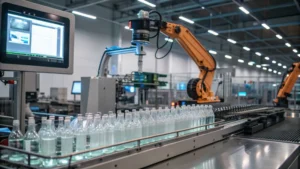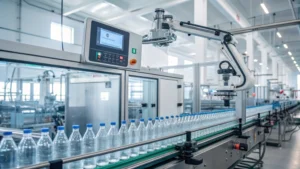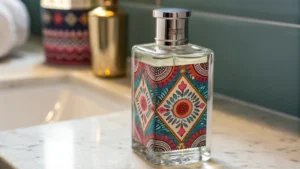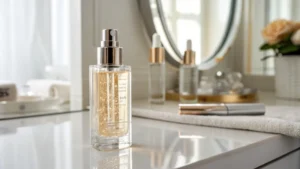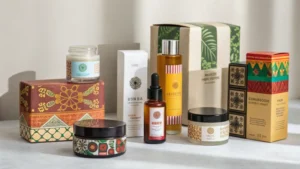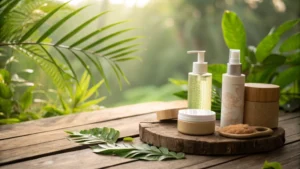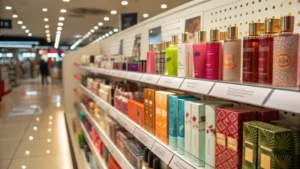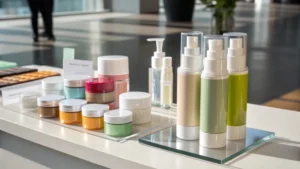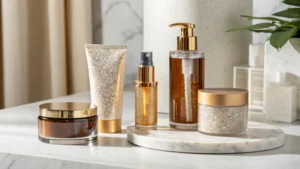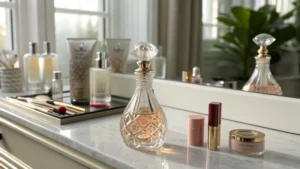
Glass Bottle 3D Printing: How It’s Revolutionizing Customization in the Cosmetic Packaging Industry
The rise of 3D printing technology is transforming the cosmetic packaging industry by allowing brands to create unique glass bottles quickly and affordably. This innovation eliminates costly mold production, reduces lead times from weeks to days, and offers unparalleled design flexibility. Brands can now produce small batches on demand, minimizing inventory risks while responding swiftly to market trends. With the ability to incorporate intricate designs and textures, 3D printed bottles enhance brand identity and consumer engagement. Additionally, local production capabilities lower logistics costs and support sustainability efforts. Embracing this technology not only helps brands stand out but also sets new standards for efficiency in the cosmetics sector.

